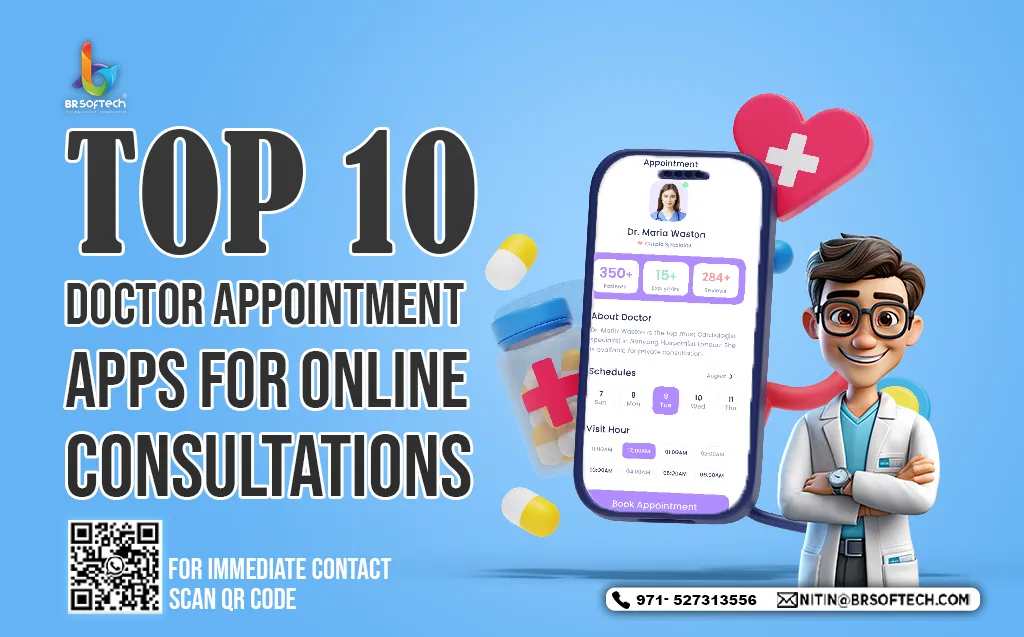Today if you have a mobile then its adds brand value to your personality. There are many app marketers who do have idea that how much their mobile channels influence their brand’s general reputation.
Today’s consumers expects their customer experience with a brand that matches across all of its channels like in-store, online, mobile, apps, etc., and brands want the same.
There has been a study on how apps influence brand reputation. And this is done to to see how consumer view brands based on how they are portrayed in the app stores.
Know how to manage your brand’s mobile reputation:
Apps are an extension of your brand
Mobile apps adds value to your brand, but they get left out of the marketing brand strategy discussion. And this is proved by a recent study that 97% of mobile marketers believe a good mobile experience impacts customer loyalty, but 41% have no mobile marketing strategy or have yet to implement a plan. As consumer expectations rise high, it is no longer acceptable to leave the mobile channel out of your marketing discussions. Now use of mobile has become a way to manage your brand’s reputation and if you are skipping this then there is a gap in your strategy.
Content in the app stores is also an extension of your brand, and can have a negative impact on your brand if it’s not being monitored and upkept. A negative review related to your app is directly proportional to conversion rate. Most of the respondents reported that they read at least one review before downloading a free app, and almost same percentage before downloading a paid app.
Sharing views on a brand is not done intentionally but still it has an effect on potential customers. One must give them another way to connect with your brand through your mobile experience in order to receive the right feedback in your app store ratings and reviews.
Four tips for app reputation management
In you are lacking in your brand’s mobile reputation management strategy then it is a red flag to consumers that your customer experience is behind across all channels. Here are a few tips to help you use your mobile app as a tool for brand reputation management:
A) Set up a listening tool before you continue improving your app
You don’t need to wait after launch of a new version of your app. How will you be able to learn about their experience with the new version? How does that show your customer focus?
A good listening to customer experience always serves as an insurance policy to avoid potentially disastrous situations. You can improve your app reputation by directly listening to customers and thus protecting your brand’s reputation.
When customers have a voice, they willingly provide feedback directly to the company. In one of the joint study it has been found that almost everyone who prefers to leave feedback in-app is likely to do so when asked for it directly (98%).
The customers are left with two choices when you don’t give customers an outlet to provide feedback. Ands these choices are leave a public rating and review, or stay silent. Both are damaging to your brand.
B) Encourage ratings and reviews from the right audience
In other words, segment your audience. You have this control that how many negative reviews make it to a public forum but you can’t stop people from giving negative ratings and reviews. Using a segmenting tool allows you to group your audience and capture negative feedback directly, while positive feedback is encouraged to be left in the app store. You can always think to hire mobile apps expert.
To start segmenting your customers effectively, consider these three tips:
- Start by understanding your goals. Do you want to boost your ratings and reviews? An unhappy customer gives better feedback to make their experience better. So do you want to understand this feedback from unhappy customer? Once you know your goals, you’ll be able to determine the right audience to target.
- Next, define your audience segment. Segments can be created based on your customers’ device data like which version of your app they are using, how active they are within your app, or any other information that is specific to your business (custom data—both person and device).
- Finally, evaluate your results. Were you able to achieve your goals with the segment(s) used? If not, work to understand how you can set up a different segment that’s more relevant to your desired outcome.
C) Listen to your customers and implement their feedback
Customers want to be heard, and they expect companies to listen. You don’t meet expectations if you are not listening to customers.
If people know their feedback has been implemented, an overwhelming majority are at least somewhat likely to become loyal patrons to the company. Respondents told us what it would take for companies to make them feel their opinions were valued.
Customer feedback today is more accessible than ever, thanks to mobile. Mobile customer feedback can have immediate and lasting impact on several areas of the business.
However, making sense of customer feedback and prioritizing next steps can be tricky.
To start, look at your current product roadmap. There are many factors that you need to keep in mind when a customer reports a bug because it may affect a large group of customers.
Sending an email and letting a customer know that his voice has been heard. That means your team has done enough and your customer is intact at the moment.
D) Ask for feedback at the right time
A customer feedback on time is important.
Please be informed that look at the high-value actions taken within your app to see where they may have a positive experience. It s better to ask for feedback after purchase in case of shopping app. Gaming apps should consider asking after a level is won, rather than when a level is lost.
The Final Thought:
Protecting your brand’s image is no easy feat, but it’s manageable with the right tools. Remember, apps adds value to your brand, and app store content has an intense effect on your brand as a whole, no matter who you are. The impact of ratings and reviews don’t discriminate brand name or no brand name, consumer perception changes based on how many stars you’re sporting and what’s included in your reviews.
I hope the tips that are stated above get you started in managing your brand’s mobile reputation, which will lead to a fluid brand experience across all of your channels. Also if you are looking forward to website development company then you can take help from BR Softech.












